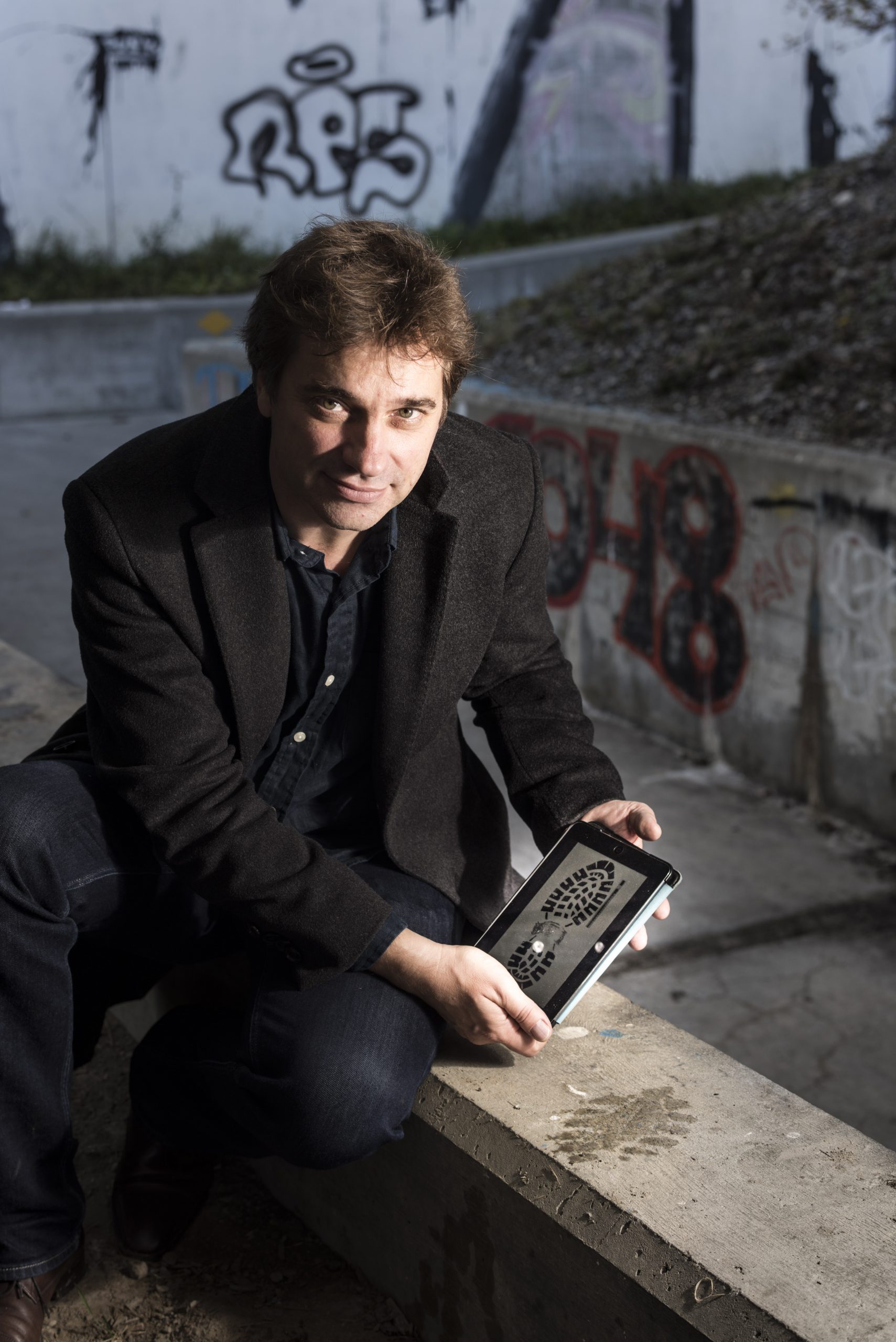On the trail of the perpetrator faster
Traces of a shoeprint are extremely important from a forensic point of view, because most perpetrators leave some behind. The traces help to compare cases with each other and to determine the perpetrator's profile more precisely. In order to be able to quickly assign even highly fragmented traces to a shoe model and compare them with images of traces from other crime scenes, the Lucerne University of Applied Sciences and Arts has developed matching software together with an SME.

Shoeprint traces are already exchanged across cantons, and some police corps already work with IT systems for pattern recognition. "However, these hardly take any work away from the investigators, and there is a lack of a cross-cantonal, common database to efficiently compare shoe prints with each other," explains Thomas Stadelmann, project initiator and CEO of the Forensity AG: "People meet in person or send each other pictures by e-mail. This process is to be simplified and accelerated with the newly developed software.
Intelligent interaction of humans and computers
In collaboration with the University of Basel, a fully automatic image search was initially developed that is sufficient for easily recognizable sole patterns. However, to ensure that the software also works when different tracks overlap or the sole profile is severely impaired by contamination, Thomas Koller from the Distributed Secure Software Systems Competence Center at the Lucerne University of Applied Sciences and Arts and his team supplemented and refined the software: "It requires a great deal of abstraction to determine the profile and its pattern in such complex shoe track images. This requires the assistance of the human eye. That's why we relied on intelligent interaction between the user and the computer."
Investigators are assisted by the software in systematically defining patterns such as circles or lines, while their input helps the software find the profile with 99 percent certainty. Once it is found, additional information about the shoe model and images of the upper shoe provide clues for tracing and investigation. Once a shoe trace has been recorded in the system, it can be compared with others. Using a web platform - an exchange service - queries can be started across several police stations and cases with tracks that match a pattern can be compared to identify series of crimes committed by the same perpetrators.
Also in demand abroad
The project, which is funded by the Commission for Technology and Innovation (CTI), will be completed at the end of March 2016. Stadelmann has not only found many interested parties in Switzerland, the product "FAST - Find and Share Tracks" has already been presented in Sweden and Germany. Project initiator Stadelmann is convinced that the development not only saves time and money, but also facilitates cross-border cooperation between police departments. In addition, it creates a standard: A single and comprehensive central reference database with several thousand shoe models is available to all agencies, which is being set up together with shoe wholesalers.









